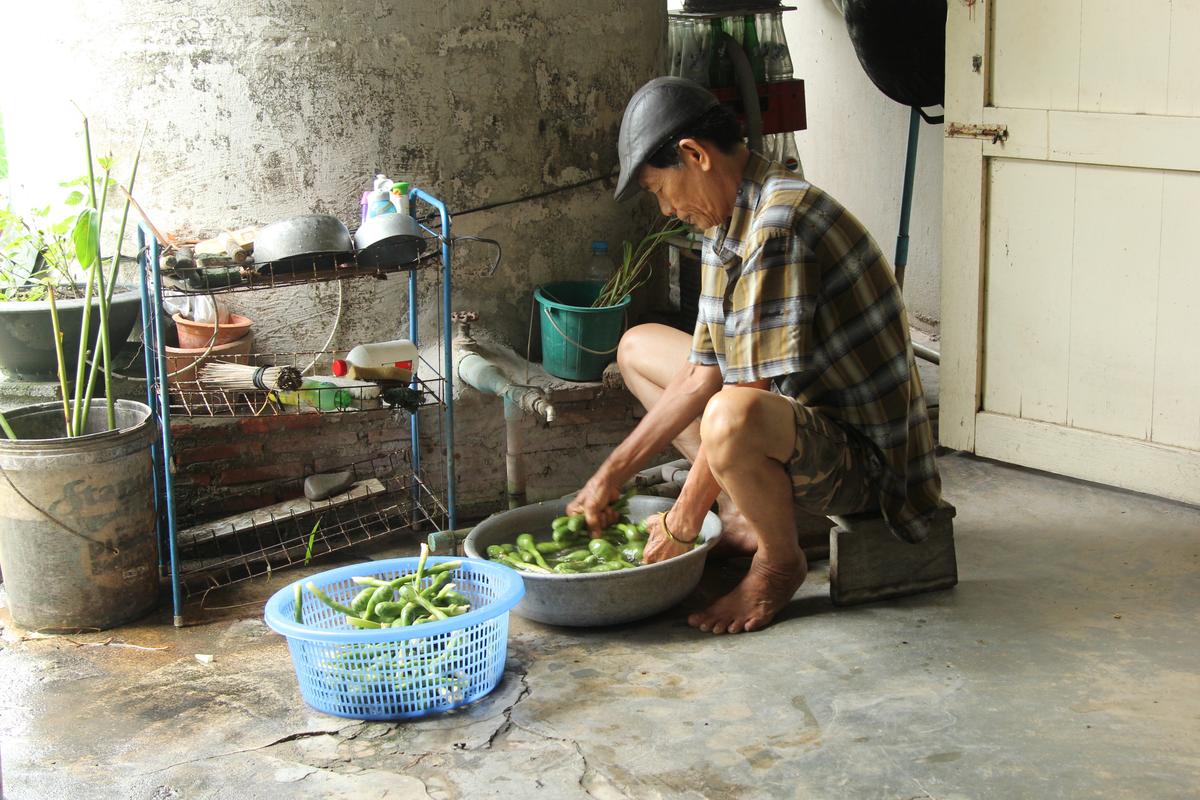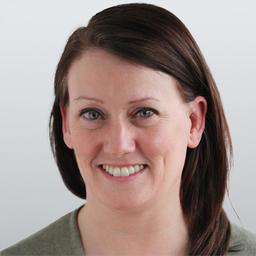The world faces water problems on a scale never before experienced in history. The global population is growing as water resources are shrinking.
The world’s leading water experts and officials met in Stockholm from Aug. 27 to Sept. 1 for the annual World Water Week.
The challenges—and solutions—they discussed included how to guarantee the human right to water when shortages are common and infrastructure costs are high; how to control pollution when regulators can barely stay on top of all the new chemicals found in the world’s waterways; and how to prevent violent water conflicts in some of the most parched regions of the world.
Water as a ‘Human Right’
Calling water a “human right” is the easy part, but guaranteeing this for 7 billion people is the hard part.
In 2010, the United Nations declared that access to safe water is a human right. This was strengthened in 2015, when 193 countries committed to the U.N.’s Sustainable Development Goals, which include a target of achieving “universal and equitable access to safe and affordable drinking water for all” by 2030.
Translating these lofty goals into tangible changes is a big job.
Among those responsible for figuring out how to do this is Robert Bos, an independent water consultant and former water and sanitation coordinator for the World Health Organization. In an interview with The Epoch Times, he said that since the 2010 declaration, many countries have passed legislation that designates water as a human right.
Some countries, such as Kenya, even adopted the right into their constitutions. Of course, a commitment on paper does not mean an immediate change on the ground, but creating solid legal footing on the national level is a good start.






